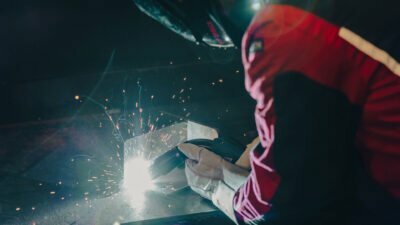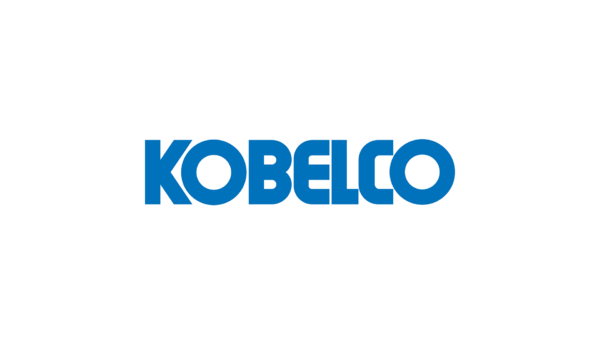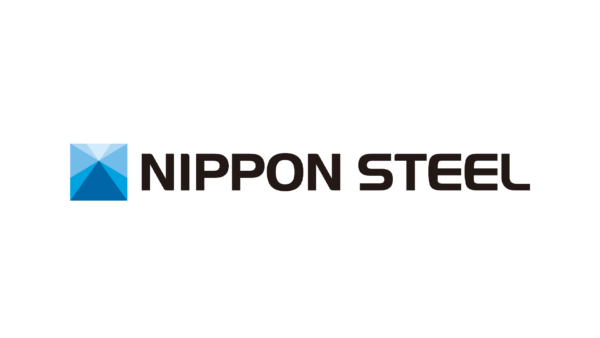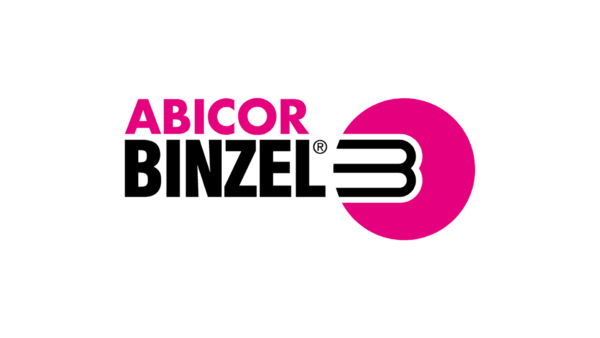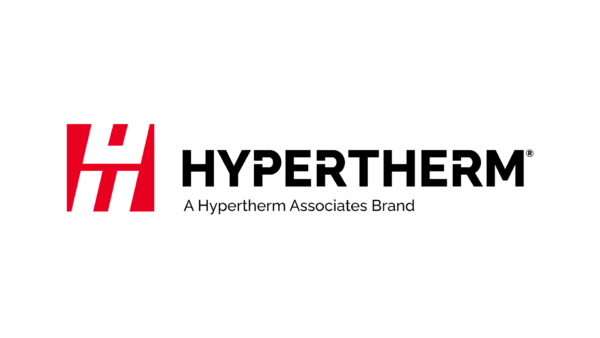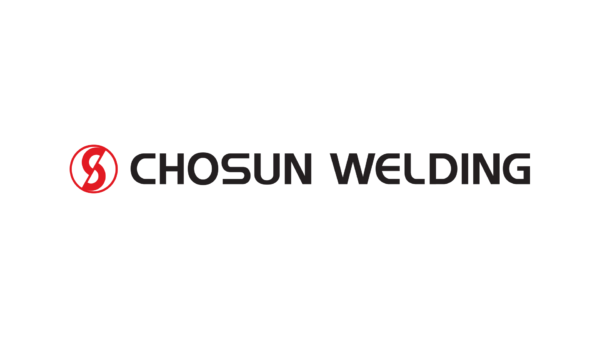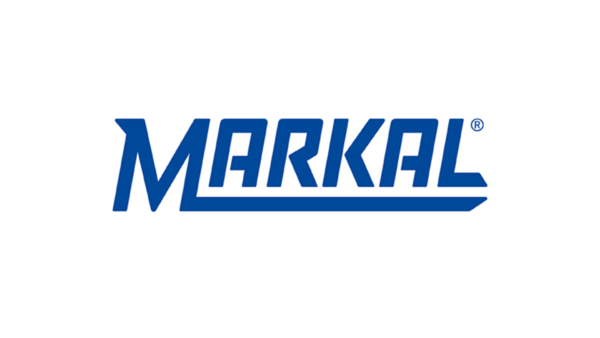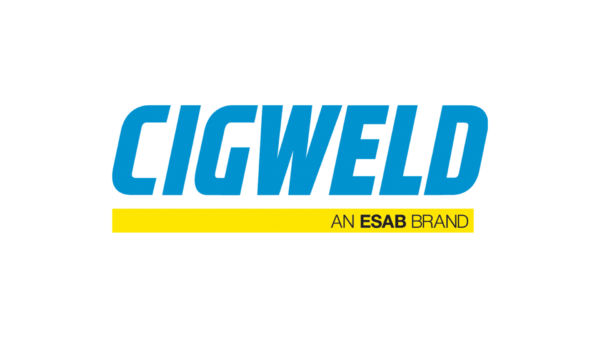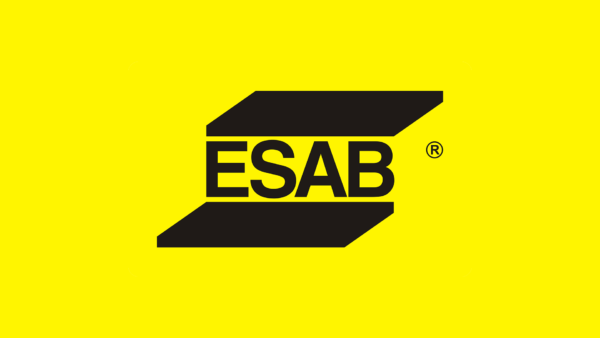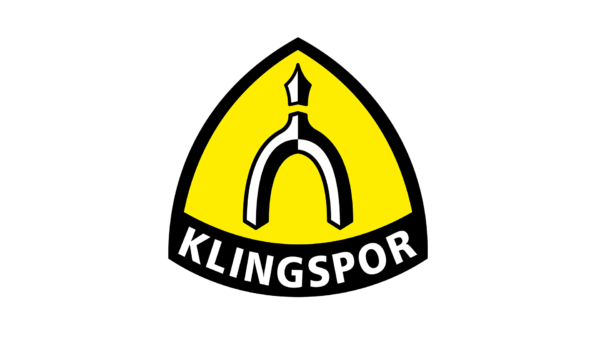What is diffusible hydrogen?
In welding, hydrogen is generated from the dissociation of water vapour or hydrocarbons in the welding arc. Metals such as steel and aluminum at or near their melting temperatures diffuse hydrogen at a very high rate.
Therefore, the molten weld metal can rapidly pick up hydrogen from the hot gas in the arc. Once in the weld metal, hydrogen atoms can diffuse swiftly into the heat-affected zone (HAZ) of the base metal, as diffusible hydrogen ([H]D), because their diameter is much smaller than the lattice size of the metals.
Metals reject [H]D during cooling and phase transformation, whereupon it concentrates at microstructural dislocations and voids in the matrix. The driving force to form diatomic or molecular hydrogen in the voids is so great that pressure may increase. This induces localized tensile stresses that add to residual tensile stresses.
Effects on weldability
[H]D can be a cause of hydrogen cracking (also known as underbead, cold, or delayed cracking). Hydrogen cracking can occur when welding carbon and low-alloy steels. The potential for hydrogen cracking in the weld metal and HAZ depends on their composition, [H]D content, and stress level. It generally occur at a temperature below 150°C immediately upon cooling or after a period of several hours with the combined presence of susceptible microstructure, high amounts of [H]D, and high tensile stress.
How to reduce [H]D
Moisture and other hydrogenous compounds can dissociate in the welding arc and introduce [H]D in the weld metal. Possible sources include moisture in the electrode covering, welding flux, shielding gas, or contaminants in the filler or base metal. The filler wire or rod itself may be a source of contamination stemming from the lubricants used during the wire-drawing operation.
In order to reduce the content of [H]D and minimize its adverse effects when welding, the following points are recommended:
- Use low hydrogen welding consumables and, more preferably, extra-low and ultra-low hydrogen welding consumables. Also recommended are low-moisture- absorbing welding consumables which can resist moisture pickup for extended time periods under conditions of high atmospheric humidity.
- Store and re-dry the welding consumables according to the manufacturers’ recommendations.
- Clean the welding groove and the area around it carefully and properly to remove such hydrogen sources as rust, oil, paint, rainwater, and dew.
References
[1] JIS Z 3118-1992 and Z 3212-2000[2] Welding Handbook, Vol 4, 8th Edition, P4-5, 1998, AWS.
Reproduced from Kobelco Welding, Japan.


